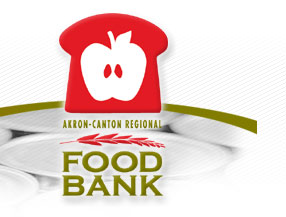It’s the right time to bring an urban ecovillage to Akron, Ohio.
Look for these exciting sustainable elements to be included: (1) Greenbuilding and rehabs, (2) urban farming, (3) Co-op retail businesses, (4) shared transit, and (5) ecoliving events, training and education.
Here are the TOP TEN reasons why the launch of an urban ecovillage in 2013 is sure to rock:
- The drive toward sustainable urban development: a greater focus on neighborhood efforts to integrate environmental, economic, and social responses to our current crises. Urban Current: A Project of the German Marshall Fund of the United States Urban & Regional Policy Program.
- Urban agricultural efforts have made common cause with groups concerned with healthy non-processed food. The Nation
- The sustainability movement will stay on track to become the norm, rather than the exception, with greater efforts in the works to develop greener urban districts and more sustainable, low-tech urban design. Greenbuilding Services
- Collaborative Consumption describes the rapid explosion in traditional sharing, bartering, lending, renting and swapping—including shared landscapes, transportation and meals.–TIME names Collaborative Consumption as one of the “10 Ideas That Will Change The World.”
- With the uptick of sustainable building mandates and consumer demand for sustainability, funding and incentives for sustainable structures are becoming more readily available. Greenbuilding Services
- We are becoming a nation of overachievers. Just saving energy is now not enough. The trend is to go all the way and make homes net-zero. Most net-zero homes achieve this designation by combining a variety of passive and active design strategies. Buildapedia
- Hundreds of “social enterprises” that use profits for environmental, social or community-serving goals are expanding rapidly. New Economics Institute
- At the cutting edge of experimentation are the growing number of egalitarian, and often green, worker-owned cooperatives. New Economics Institute
- The number of bike commuters in the USA rose by 64 percent from 1990 to 2009. University Transportation Research Center
- Companies are lining up to register as B Corporations (the “B” stands for “benefit”) allowing companies to subordinate profits to social and environmental goals. The Nation

![FoodBanksml[1] FoodBanksml[1]](https://goingreenguy.files.wordpress.com/2009/11/foodbanksml11.jpg?w=510)

